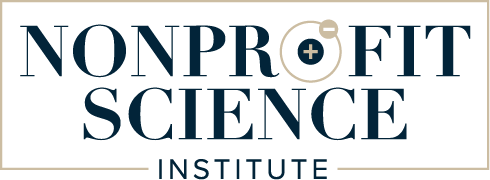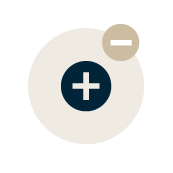The problem we’re going to consider today is what happens when the values of the community you serve change, and they are no longer aligned with your nonprofit’s values?
First let’s consider why this is a problem.
As we know, donors have a choice to give to your nonprofit or not. And recent research indicates, unsurprisingly, that donors choose which organizations to support based on their values. When the donor’s values and the nonprofit’s values are aligned- what the researchers call value congruence- then donor’s give to the organization. If the values are not aligned- or there is value incongruence- then it doesn’t matter how compelling your argument is, donors will take their gifts elsewhere.
But this doesn’t stop at donors. Value congruence is also crucial for relationships with other stakeholders such as grant making foundations, corporations, prospective board members, nonprofit collaborators, and so on.
If you find yourself in a situation of value incongruence with your community, what can you do?
Here’s what you can expect to take away from this episode…
⦿ An understanding of value congruence and why it’s so important
⦿ How to take a systems thinking approach to get a bird’s eye view
⦿ How to create organization-wide shifts using leverage points
Sneak peek at the episode
⦿ [5:28] This case study covers the problem that many state fish and wildlife agencies have faced in recent years- the values the agencies were formed upon no longer align with the values of the communities they serve.
⦿ [8:03] These distinctions are important to understand because, based on their values, traditionalists participate in hunting and fishing, but mutualists don’t.
⦿ [10:00] The researchers took a systems framework approach to dive into this problem. Systems thinking allows us to take a bird’s eye view into how the agencies operate not only within the agency itself but also how they interact with stakeholders.
⦿ [14:04] For the first workshop, the researchers presented the question, “what would a thriving agency look like?”
⦿ [18:00] This means that the way the state fish and wildlife agencies currently operate only benefit traditional users and so that means only a limited percentage of the public gets to benefit from the services of the state wildlife agencies.
⦿ [19:46] System 2, however, supports the state fish and wildlife agency in achieving its desired future of a thriving agency that improves the quality of life for everyone.
⦿ [22:22] This is a very interesting suggestion, because when nonprofits hire, we often stick with a traditional organizational chart.
⦿ [24:42] With that in mind, in conjunction with a changing agency culture, strong leadership from the top can reinforce these new norms through leverage points like hiring policies, incentives and rewards, and policies around collaboration.
⦿ [28:13] In the inform and inquire stage, you could first answer the question- what would a thriving organization look like?
Rate, Review, and Follow
Are you subscribed to our podcast? If you’re not, I invite you to do that today. I’m adding a bunch of new, information-packed training episodes into the mix and I don’t want you to miss any of it! Click here to subscribe in Apple Podcasts!
And, if you got a lot of value out of this episode, I would be so grateful for a review on Apple Podcasts. Reviews help others find the Nonprofit Science Podcast and helps me support others just like you. Simply click here, open the show up in Apple Podcasts, select “Ratings and Reviews” and “Write a Review” to let me know what your favorite part of this podcast is. Thank you so much!
Links mentioned in this episode:
⦿ Article: Choosing your charity: The importance of value congruence in two-stage donation choices
⦿ Article: Building a systems framework to facilitate adaptive organizational change in state fish and wildlife agencies
⦿ Download “The SIGNALS Framework” e-book


